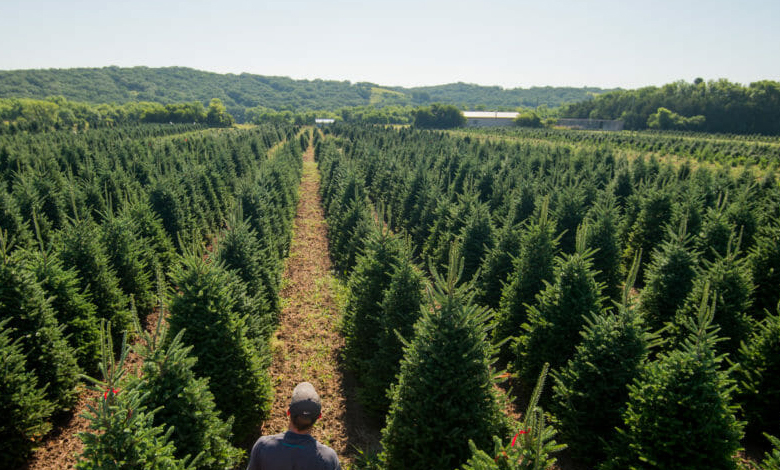Real vs Fake Christmas Tree: Putting An End To The Debate Conclusively

Christmas is one of the biggest holiday celebrations on the planet and Christmas trees have become essential components of this festive period. The original meaning of the Christmas tree is to provide a sense of hope for people during a long and freezing cold period.
But as time passes by, the rise of mass production is distorting the true meaning of the trees. Furthermore, its massive demand has also created a sizeable threat to the current ecosystem. Some believe fake Christmas trees may be more environmentally friendly.
The festive season is just around the corner and the discussions on real vs fake have picked up pace again. Let’s put an end to the endless debate for once and for all, and strive to become more environmentally conscious as we make our purchases.
Real vs Fake Christmas Tree
If disposed of via a wood chipper or bonfire, real Christmas trees are known to have an average carbon footprint of 3.5 kilograms of CO2. But if they end up exacerbating the pressure on landfills, the footprint increases four-fold – equivalent to 16 kg of CO2.
In comparison, a two-metre plastic Christmas tree is estimated to have an equivalent carbon cost of 40 kg should it be discarded. In other words, for the artificial purchase to be more eco-friendly than a real one, you must reuse the tree for at least 12 years.
Additionally, real Christmas trees are biodegradable and have no chemical impacts on the surrounding environment. But the fake ones are typically made of petroleum-based plastics and metal. They are non-biodegradable and non-recyclable.
Moreover, plastic trees tend to be manufactured in developing countries before being transported to the richer nations in the Global North, thus adding to the already high carbon footprints. Then, is there a hard and fast rule for sustainable Christmas trees?
Read More: Climate Change Exacerbating Risks For Disabled Children In Pacific Region
Making Sustainable Christmas Trees A Reality
Christmas trees may not utilise their ultimate carbon absorbing capacity as they are usually chopped down in their “teenage years”. In addition, as some species are non-native in certain regions, the mass use of pesticides damages the surrounding ecosystem.
In order to make sure your festive purchase this year is as environmentally friendly as possible,
1. Choose a second-hand artificial tree
2. Buy a live potted tree
3. Decorate a living outside tree
4. Reutilise the trunk as firewood or as a decorative piece and a resting area for birds and small animals
5. Make your own cardboard Christmas tree



